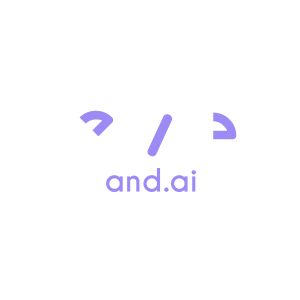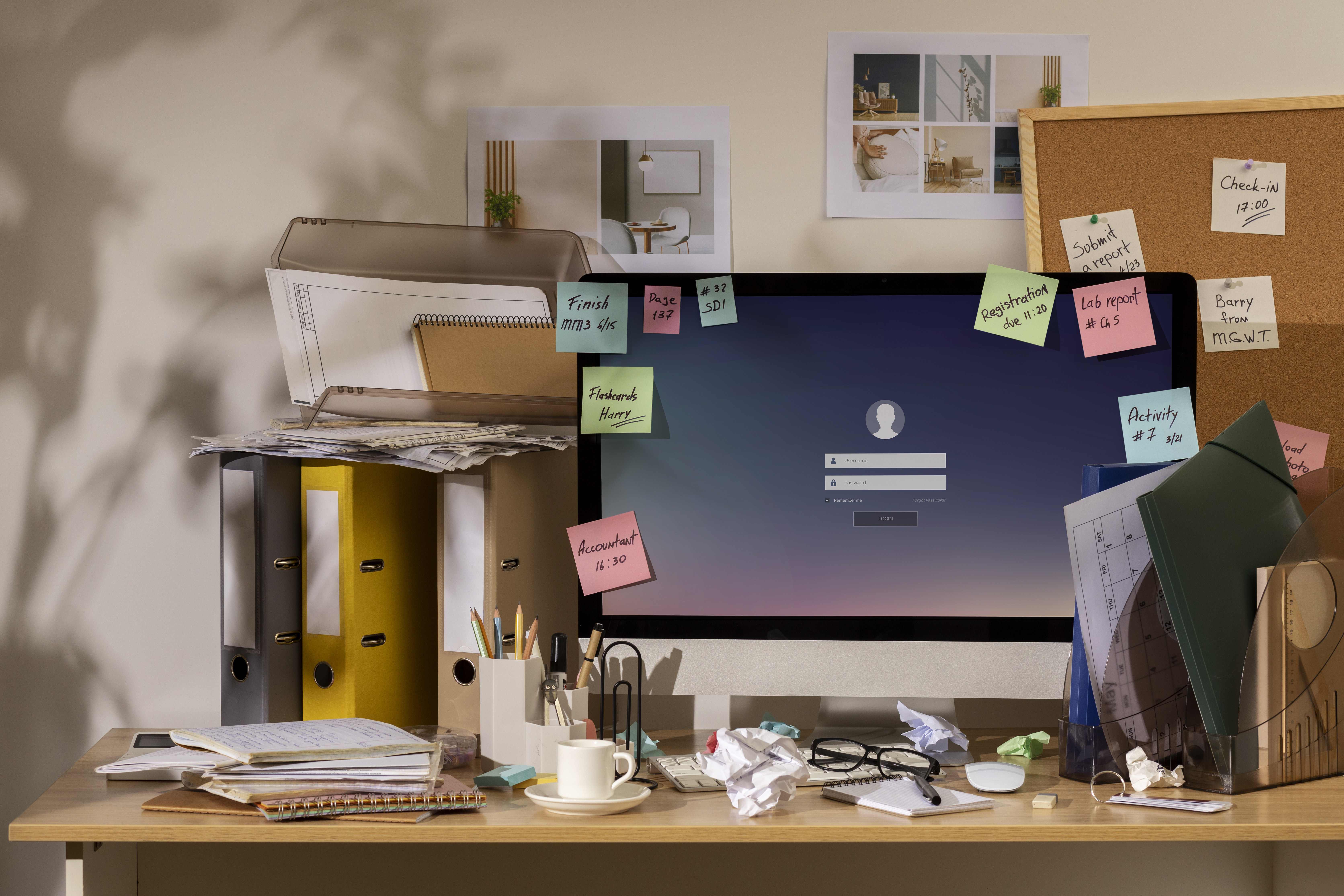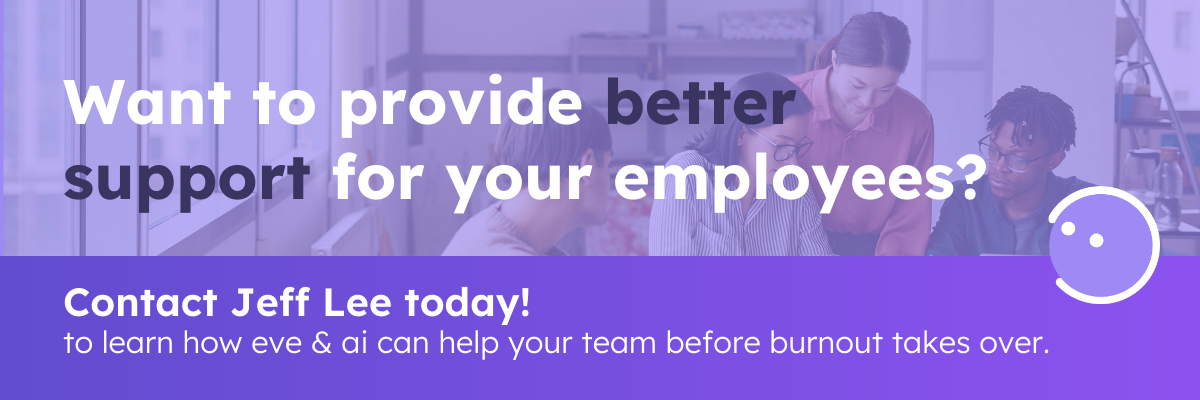Monday Morning: The Pressure Builds
James had always been a high achiever. A project manager at a mid-sized company, he prided himself on delivering results and keeping his team motivated. But lately, something felt different. The emails never seemed to stop, deadlines piled up, and every meeting felt like another task being added to an already impossible to-do list.
At first, he brushed it off. “I just need to push through. It’s just a busy season,” he told himself. He worked late, skipped lunch breaks, and checked emails before bed.
A few weeks in, the exhaustion set in. He woke up tired. He was irritable, snappy with his colleagues, and found himself staring blankly at his screen for long stretches. His focus was slipping, but he couldn’t figure out why.
The Reality: When You Don’t Know What You Don’t Know
The truth was, James was experiencing burnout. But he didn’t recognize it.
He wasn’t lying awake at night crying. He wasn’t having panic attacks. In his mind, those were the signs that someone needed therapy. Not him.
He wasn’t depressed, just exhausted. He wasn’t anxious, just overwhelmed. He wasn’t struggling, just… tired.
And so, like many employees, he did nothing.

The Company Without an EAP: A Missed Opportunity
James’s company had no Employee Assistance Program (EAP). Their idea of mental health support?
- Occasional “mental health” emails from HR.
- A once-a-year webinar on managing workplace stress.
- An open-door policy that no one really used because employees feared being seen as weak.
So James kept pushing himself harder. The signs were there—missed deadlines, frustration, physical exhaustion—but no one noticed.
Eventually, he made a mistake on a major project. His boss reprimanded him. That night, he stayed at the office until midnight, trying to fix it. The next morning, he called in sick—not because he was physically ill, but because he couldn’t face another day.
No one reached out. No one checked in.
And that’s how burnout silently takes over.
The Company With a Traditional EAP: Good Intentions, Low Engagement
Let’s imagine James worked at another company—one that had an EAP. The HR team had signed a contract with a traditional provider that offered counseling services.
The problem? James didn’t know about it.
Like many employees, he had skimmed over the onboarding materials and never thought about the EAP again. Even if he remembered, he wasn’t sure how to use it.
- Should he call? That felt extreme.
- What would he even say? “Hi, I’m tired?”
- Would it be confidential? What if someone in HR found out?
So, once again, James did nothing.
And even if he had called, he might have waited days or weeks for an appointment, by which point his stress would have escalated into full-blown burnout.
The Company With eve & ai: A Different Approach
Now, let’s picture a third scenario—where James’s company used eve & ai, a modern, AI-powered EAP that blends human and AI support to provide judgment-free, proactive, and accessible mental health care.
One evening, James received a simple, non-intrusive check-in from eve & ai’s chatbot:
💬 “Hey James, I see you’ve been working late a lot. How’s your stress level these days?”
He hesitated but replied:
💬 “I’m fine. Just busy.”
Eve responded:
💬 “That makes sense! Work can be demanding. Just curious—on a scale from 1 to 10, how often do you feel overwhelmed lately?”
For the first time, James actually thought about it. He typed:
💬 “Maybe a 7?”
Eve replied:
💬 “That’s pretty high. It might help to chat with someone about how you’re feeling. Would you like to talk to a human coach for an unbiased perspective?”
He paused. He wasn’t sure if he needed therapy. But a chat with someone neutral? That didn’t sound so bad.
He clicked yes and was connected to a trained professional who listened—not as a therapist, but as a non-judgmental guide.
💬 “James, burnout isn’t just about feeling tired. It’s about feeling like you’ve lost control over your workload. Let’s talk through your stressors and see if we can find some strategies before it gets worse.”
For the first time in weeks, James felt heard.
Why This Approach Works
Instead of waiting for James to hit rock bottom, eve & ai:
✅ Proactively checked in before burnout escalated
✅ Used AI to make the first step feel easy and natural
✅ Offered a human coach before jumping straight to therapy
✅ Let James decide what he needed, without pressure or stigma
After his chat, James felt lighter. He wasn’t suddenly stress-free, but he had a plan:
- He set boundaries for work hours
- He learned to delegate more effectively
- He scheduled a follow-up check-in with eve & ai
And most importantly? He didn’t wait until it was too late to ask for help.
The Bottom Line: The Right EAP Can Save Employees from Silent Struggles
The workplace is full of people like James—employees who don’t know what they don’t know. They won’t reach out for therapy because they don’t think they need it.
But the right kind of support—one that is proactive, personalized, and accessible—can bridge the gap between mild stress and total burnout.
That’s what eve & ai is built for.
The workplace is full of people like James—employees who don’t know what they don’t know. They won’t reach out for therapy because they don’t think they need it.
But the right kind of support—one that is proactive, personalized, and accessible—can bridge the gap between mild stress and total burnout.
That’s what eve & ai is built for.
References:
-
Maslach, C., & Leiter, M. P. (2016). Burnout: The Cost of Caring.
Explores the dimensions of burnout and the importance of early identification and intervention. -
World Health Organization (WHO). (2019). Burn-out an “occupational phenomenon”: International Classification of Diseases (ICD-11).
Retrieved from: https://www.who.int/
Defines burnout as a syndrome resulting from chronic workplace stress that has not been successfully managed. -
American Psychological Association (APA). (2023). Workplace Mental Health: Employee Burnout.
Discusses burnout’s impact on productivity, performance, and overall mental health. -
Mind Share Partners, SAP, & Qualtrics. (2021). Mental Health at Work Report.
Highlights the importance of proactive, stigma-free mental health support in the workplace.
https://www.mindsharepartners.org/mentalhealthatworkreport -
Deloitte. (2022). Mental health and employers: The case for investment – pandemic and beyond.
Reinforces how innovative EAPs and tech-based solutions can improve employee outcomes. -
eve & ai Internal Research. (2025). Proactive Support in Practice: Chat-based Interventions and Employee Outcomes.
Internal case data showing how conversational AI improves early detection and engagement.






